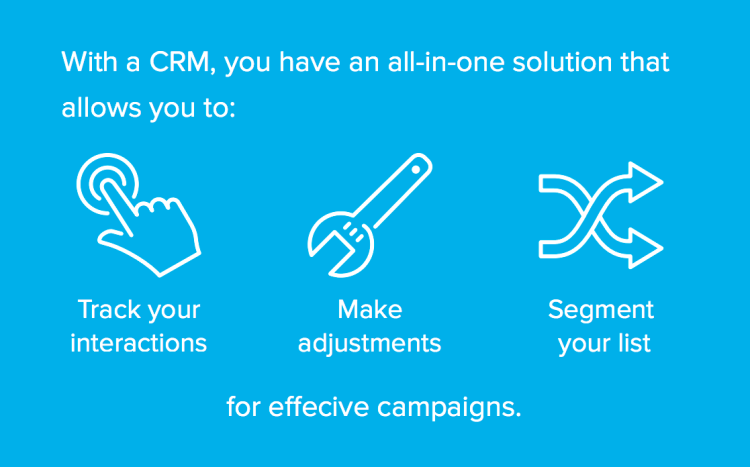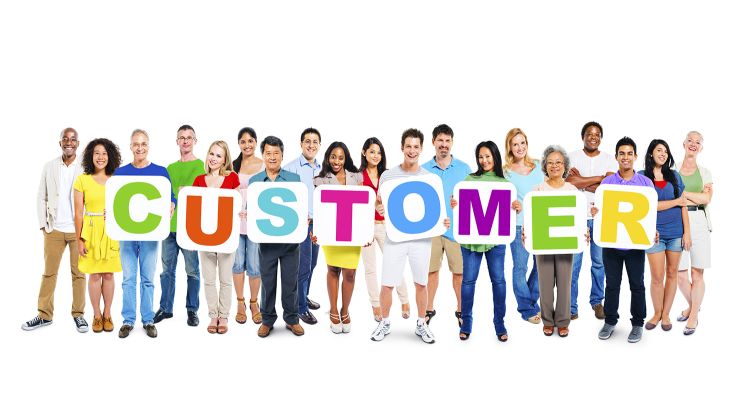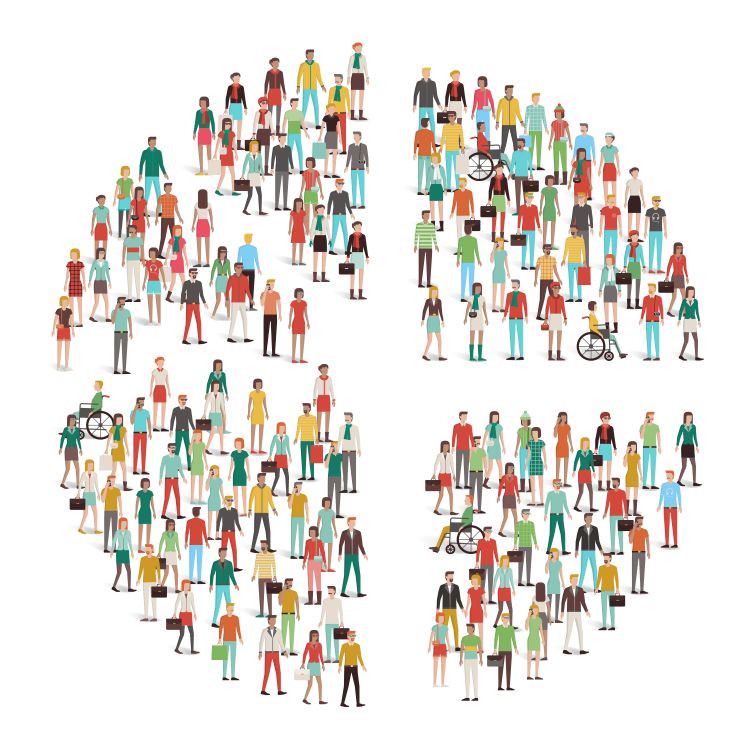In a perfect world we’d understand each of our clients individually. We’d shake their hands, laugh at every joke (at least the good ones), and maybe even bump into them at the grocery store. They’d be comfortable around us—trust us—because they knew us. Unfortunately, unless you run a small town bakery, that isn’t possible in the real world. The alternative isn’t much better: More than likely, if your message wouldn’t work on a billboard, the one-size-fits-all approach won’t work either.
But don’t despair. There’s hope. It’s called list segmentation.
List segmentation is the act of intelligently subdividing your contact list into any number of smaller lists. You can parse out your contacts by demographics, industry, interactions with your content, and more. Segmentation helps you target, and most importantly, personalize your message to your leads and clients.
It’s not uncommon for small businesses to require several instances of contact, or touches, to move leads through the sales funnel—from messages designed to attract them, to campaigns designed to raise their interest, down to the moment they can be considered a sales qualified lead (SQL). And they haven’t even purchased yet! You still have to make the sale and wow them with great follow up that will keep them coming back for more.
It’s a lot of work.
All of it boils down to understanding every individual on your marketing list. Each one has unique preferences, behaviors, and stories. In fact, it turns out that leads and clients actually appreciate it when you treat them like people.
List segmentation is one critical way to manage your contacts so that you can personalize the experiences they have with you.
FACT: Eighty-six percent of consumers say personalization plays a role in their purchasing decisions.
Amplify your ROI—right now
If you’ve got a list but you aren’t segmenting, it’s time to get more value from it right now. Without a segmented list, you’re forced to treat each contact the same way. Everyone gets the same newsletter, the same product alert, and the same sales call. You might as well just put your message on a billboard or go door-to-door.
The way you handle your email conversations has a big impact on your budget.

FACT: According to Relevancy Group, Untargeted email programs increase costs by as much as 3.6 times the cost of targeted programs.
When you segment your list, you have the ability to be more specific in your message, which means you have the ability to have a more efficient conversation, greatly reducing wasted effort.
Without a CRM platform like Keap, segmentation can get pretty complicated and very time consuming, which is why many small businesses don’t do it.
Many businesses that have a CRM actually underutilize its potential. We’ve found that CRMs are often only used to manage a contact database. It’s fine to do that, but you are missing out on the big advantage by not going further and segmenting your list.
Segmentation is not just a matter of pulling up various lists of contacts; instead, it’s about what you can do with those lists that makes it so powerful.
Once you have your list segmented, you can:
Send leads and clients a personalized email blast
Add them to a re-engagement campaign
Reward them for their loyalty
Notify them of a new product offering
Follow up that content by delivering more tailored messages based on their responses to previous interactions.
This is all possible because you’re not using a static database, and your lists aren’t static, either. Segmentation is the link between your CRM software and your marketing automation software. Software like Keap combines the 2, giving you a powerful way to get your marketing strategy off the ground.

While automation can feel like the answer to your problem of keeping up your email campaigns, automation can present one significant problem. When automated interactions lack personalization, they can feel, well, automatic. Segmenting can actually help you develop personalized interactions by offering two unique but related benefits:
Create and deliver messages to the people who want them at the time they’re receptive, so that they can continue to progress down your sales funnel.
Discover how your audience receives your messages, the hits and misses, so that you can hone them to be sharper and more successful.
These two benefits of segmentation are cyclical. Each works together to help you improve on the other, enabling you to constantly strengthen your marketing efforts.
14-day free trial. No credit card required.










